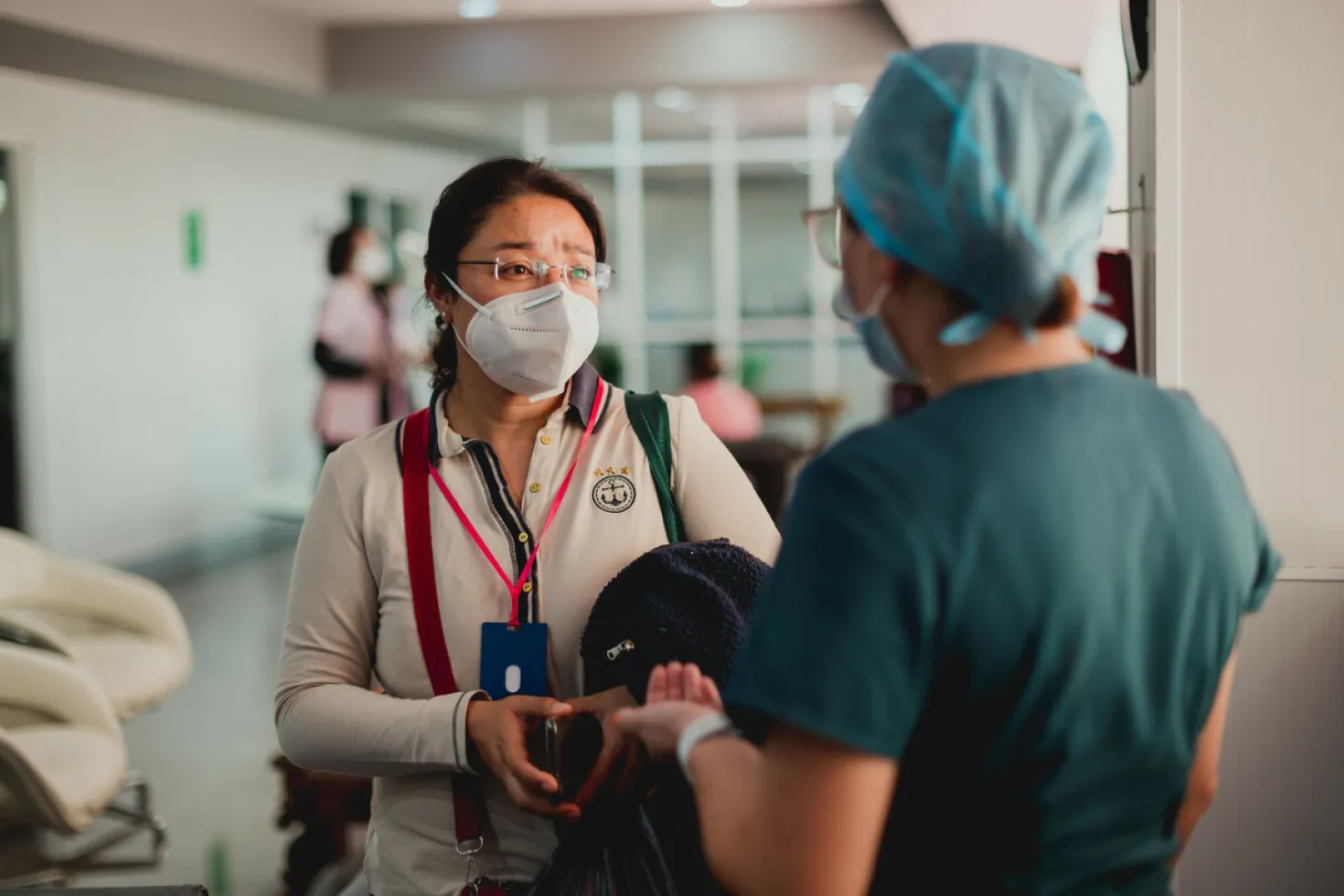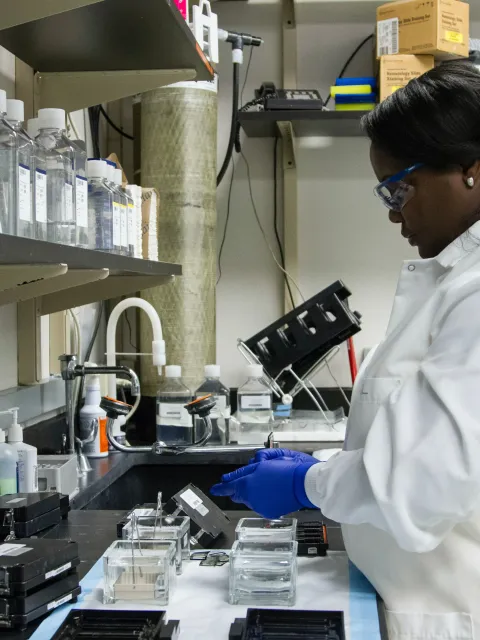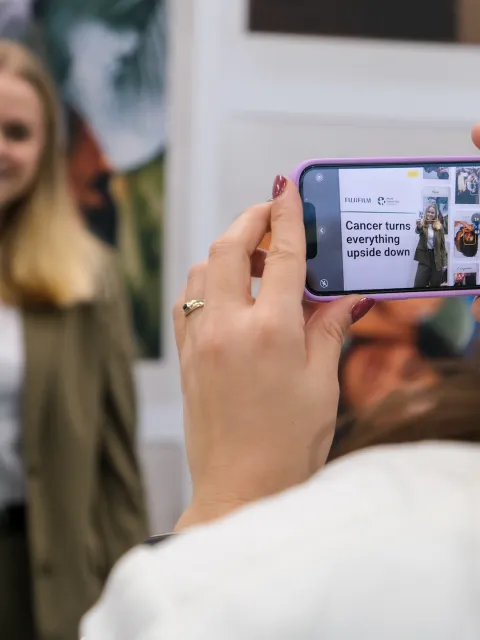The importance of reliable health information
Addressing the barriers to accessing accurate and understandable cancer information, such as language, socioeconomic status, and cultural sensitivities, is crucial to improving health literacy and reducing the impact of cancer on underserved populations.

Health literacy – how well people can access and understand basic health information and services to make informed health decisions – is an intrinsic component of the fundamental right to health.
HIGHLIGHTS
- Health literacy is crucial to enable individuals to understand risks, take preventative measures, recognize symptoms and seek the right therapy, particularly in the case of cancer.
- There are significant barriers to accessing reliable health information, related to social and cultural determinants such as geographical location, gender, ethnicity, language, age, physical and mental disabilities, and income and education levels.
- Closing the gap in cancer care requires addressing these particular health needs of minority groups by providing accurate, understandable and culturally sensitive information, and overcoming the socioeconomic barriers that impede the provision of health services.
UICC has addressed in the past the issue of fake medical news and misinformation as a threat to public health. Marking World Health Day on 7 April, focused this year on universal health coverage, it is equally important to highlight the barriers that exist for many people in obtaining reliable health information and making informed decisions about their health.
Health literacy – how well people can access and understand basic health information and services to make informed health decisions – is an intrinsic component of the fundamental right to health.
When it comes to cancer, it enables individuals to better understand the risks and behaviours that can contribute to developing the diseases, take preventative measures, possibly recognise some of the early signs and symptoms of cancer, seek (if and where it is available) and pursue the prescribed therapy. Indeed, a lack of understanding about cancer has been cited as one of the main reasons people don’t comply with treatment plans.
There are significant and wide-ranging barriers to accessing reliable information based on a range of socioeconomic factors – race, ethnicity, gender, age, sexual orientation, physical and mental health, economic status, geographical location – creating disparities between populations in the chances of developing and surviving cancer.
A first major barrier to health literacy and accessing reliable information is language. Individuals who do not have a working knowledge of the official language of a country may struggle to find information in their native language, leading to confusion and misunderstanding.
Additionally, cultural sensitivities can also affect how information is understood and applied. For example, some people may have different beliefs about cancer prevention and treatment protocols, and therefore perhaps more hesitant to seek medical care and to participate in clinical trials and screening or vaccination programmes.
Another barrier is the socioeconomic status. People from low-income communities may lack access to resources such as computers or smartphones, limiting their ability to research cancer information. Additionally, a lack of insurance and limited financial means can make it harder to adopt a healthier lifestyle and seek medical care or pursue treatment if diagnosed with cancer.
To close this care gap, it is important that a country’s national cancer control plan addresses the particular health needs of minority groups and that the health system can deliver accurate and understandable information to individuals, regardless of their language or cultural background.
Communities can also work with governments to enhance health literacy by providing educational materials and cancer-related resources, and by setting up support groups. This can help underserved populations better understand and interpret health information.
To do so effectively for all populations, however, requires research into the health behaviour and psycho-social beliefs and perceptions about cancer in different communities. Understanding these factors is crucial in devising effective outreach strategies to provide targeted information on cancer prevention and treatment that is adapted to and aligns with specific contexts and beliefs. This also helps overcome any cultural barriers that may impede the provision of health services, such as breast or cervical cancer screenings and HPV vaccinations, and can work towards addressing the root causes of health disparities, such as poverty and racism.
For example, various organisations in Canada (Métis Nation British Columbia, BC Cancer, First Nations Health Authority and the BC Association of Aboriginal Friendship Centres) have collaborated on a set of measures to improve healthcare delivery at both individual and systemic levels for Indigenous peoples.
In the US, the American Cancer Society has created a program called "Patient Navigator", with trained professionals who are available to answer questions from patients and quickly direct them to the appropriate services within the healthcare system and access resources. Similarly, the National Cancer Institute has created a website called "Cancer Health Disparities", which provides information about cancer disparities and resources for patients and healthcare providers.
Ensuring equitable outcomes in cancer requires quality healthcare that is both available, affordable and accessible. This not only covers treatment and care after a diagnosis, but also encompasses initiatives that raise awareness about cancer risks and promote prevention and early detection, such as efforts to reduce exposure to known cancer-causing agents and cancer screening programmes. Providing accurate and understandable information is an essential part of delivering equitable cancer care, and doing so requires a multi-faceted approach that involves healthcare providers, public health organisations, and government agencies working together.
Last update
Friday 22 March 2024
